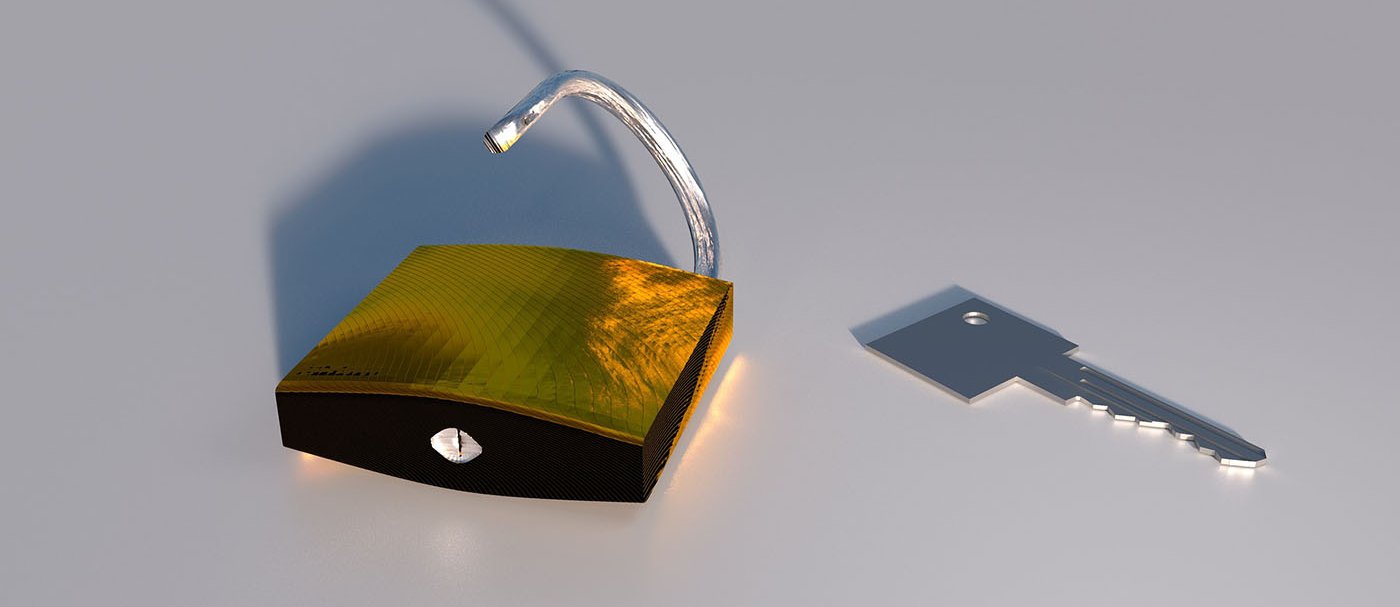The UB, the UPC and the UOC work to promote the Open Access Observatory
Subject: Multidisciplinary
The three universities are joining forces to evaluate the status of their open-access scientific output in order to plot a map of open access publications in the Catalan region.
The purpose of the Open Access Observatory is to monitor the current status of open-access publications in the three participating institutions, the University of Barcelona (UB), the Universitat Politècnica de Catalunya (UPC) and the UOC. Applying a common methodology among the universities, the Observatory aims to analyse costs and researchers' habits when publishing in open access as well as examine institutional mandates' efficiency.
The Observatory is urging all universities and research centres to help shape “a complete landscape of open-access scientific publications in Catalonia”, said the UOC’s director of Library Services for Research, Clara Riera.
“If we want to take decisions, we need evidence; until now we have not had data on the status of open access in our institutions”, explained the manager of the UB’s Learning and Research Resources Centre (CRAI), Ignasi Labastida. The head of the Research Resources Unit of the UPC’s Libraries, Publications and Archives Service, Anna Rovira, agreed with this idea. “Universities need global data in order to take decisions. If we cannot present data, it will be difficult for us to obtain more support and empathy and make progress”.
Rovira sees the Observatory as a means of giving visibility to the push towards open-access publication among Catalan universities in recent years: “although I would like to see us in a better place than we are, we have managed to make good progress and we have to make it visible”.
The Observatory was created in July 2016, following a meeting between the UPC’s Libraries, Publications and Archives Service and the University of Barcelona’s CRAI. Later, the UOC Library also joined the project. Adopting the initiatives of other countries such as Denmark, the Netherlands and the United Kingdom, these three Catalan universities have combined their results to move forward together in open access.
Initial results
Every year, the Observatory updates its information on scientific articles in open and closed access, using Web of Science and Scopus as sources. It is now possible to consult, on a case-by-case basis, the percentage of publications during the last six years, via the so-called gold, hybrid and green routes.
Initial findings show that UOC publications primarily use gold open access, in other words, articles are published through open-access journals. The second option is the green route, which involves self-archiving in the UOC's institutional repository, O2.
Open Knowledge Action Plan
The UOC's involvement in the Observatory is closely tied to the university's Open Knowledge Action Plan. One of the primary objectives of this plan is to work towards greater levels of open access to scientific publications.

